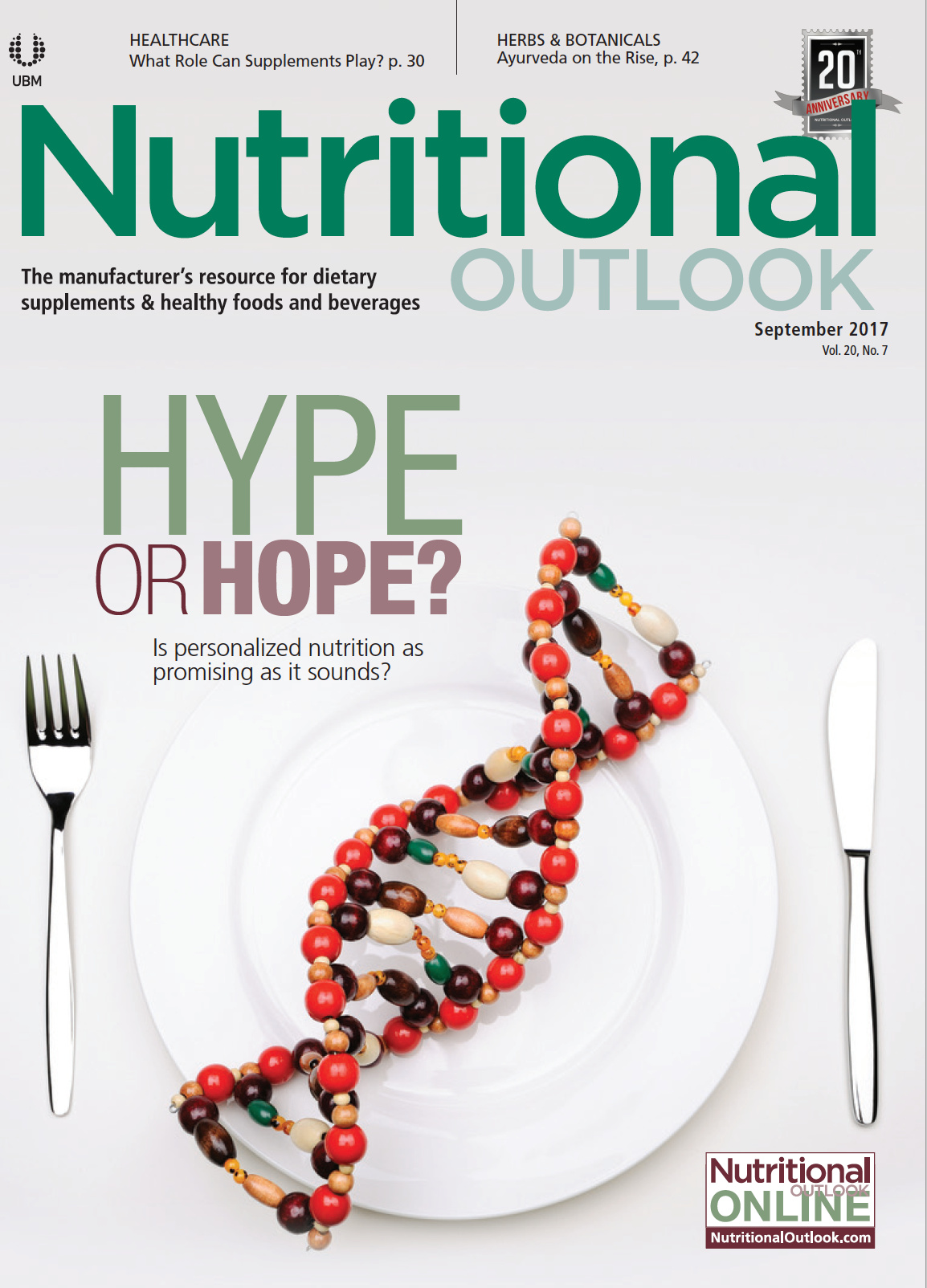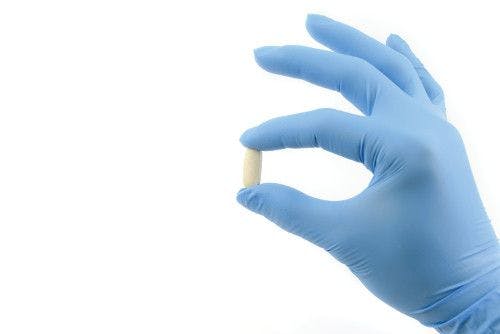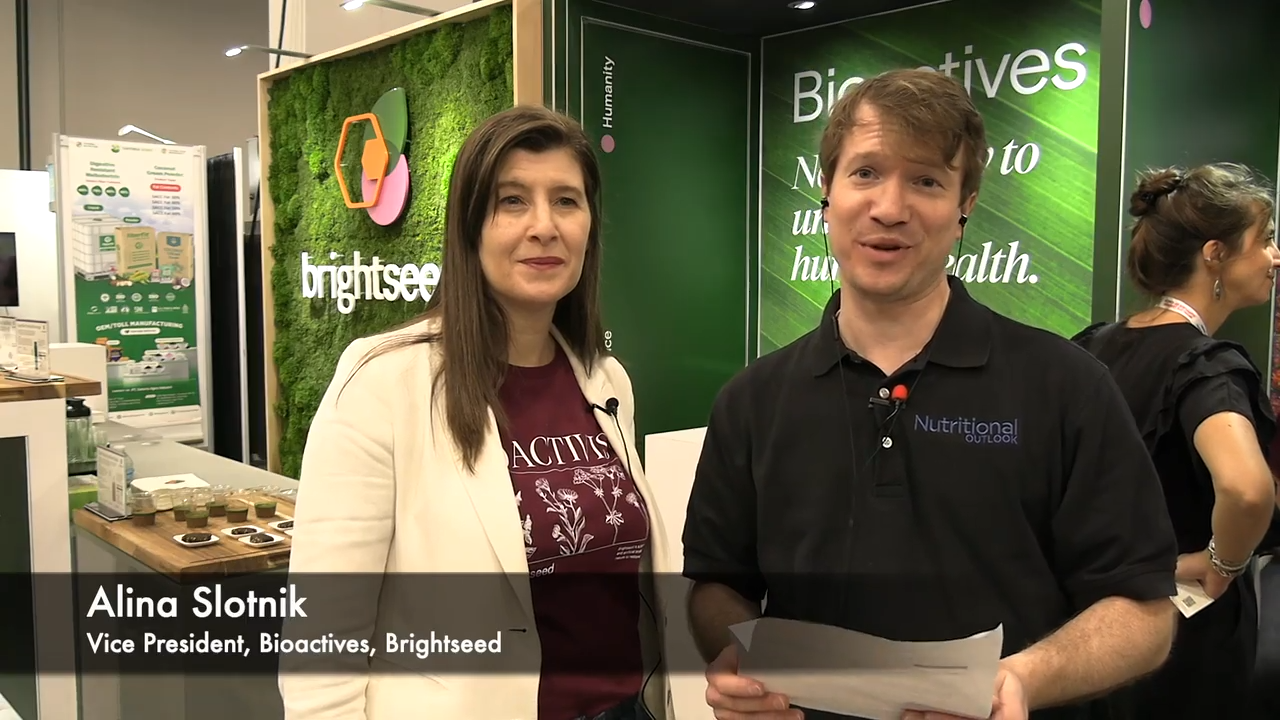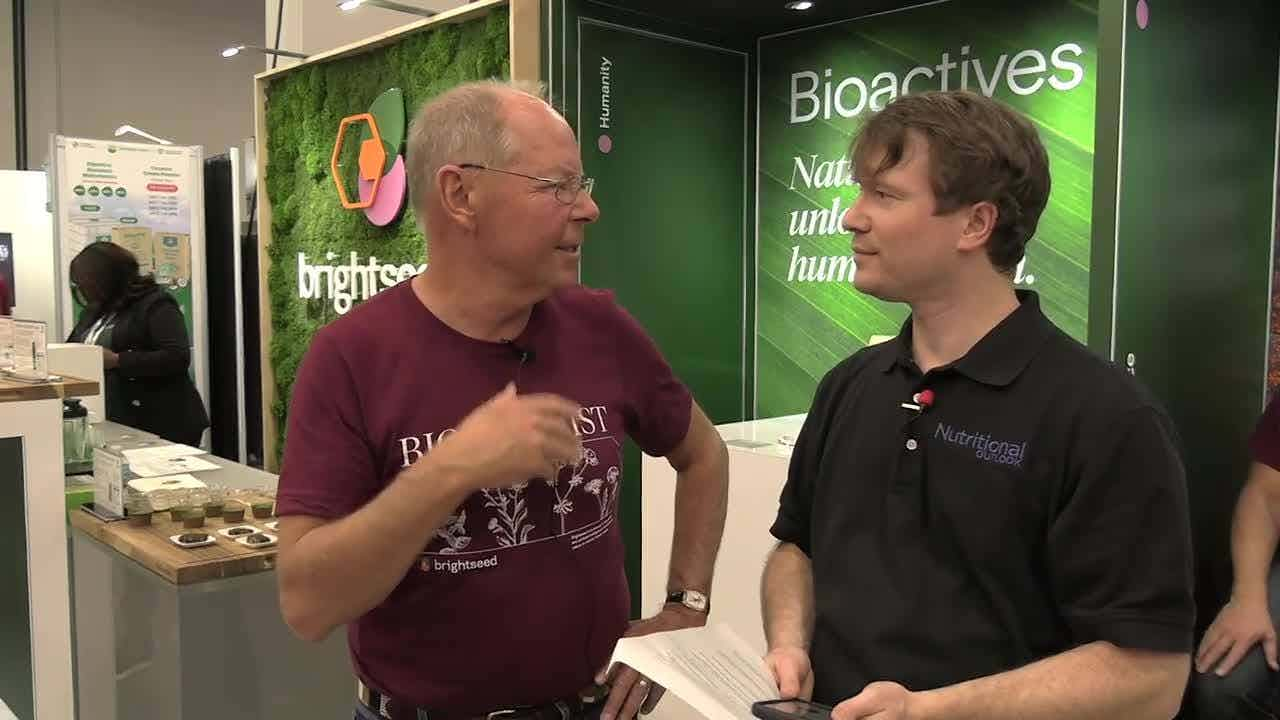2017 Garlic Research Update
New studies on garlic focus on coronary plaque reduction, immune health, liver function, and weight management.
Garlic is an herb that has been used for medicinal purposes by various cultures throughout history. Some of the earliest documented therapeutic use of garlic dates to the 6th century BC in the Zoroastrian culture. The Sumerians and ancient Egyptians, as well as the Greeks, have used garlic therapeutically. In addition, garlic’s healing properties have been revered in traditional Chinese, Ayurvedic, and Unani medicine for centuries.(1)
Modern science has validated garlic’s traditional use, showing its benefits for a variety of health conditions. From a mechanism-of-action standpoint, garlic has been found to possess antioxidant, nitric oxide–enhancing, and angiotensin-converting enzyme (ACE)–inhibiting properties.(2) Further studies have shown garlic’s ability to reduce inflammation through its action on various enzymes, including cyclooxygenase (COX) and lipoxygenase (LOX), while also potentially acting against a master switch for inflammation in nuclear factor kappaβ (NF-κβ).(3) Garlic also normalizes platelet aggregation, reduces lipid peroxidation, and supports healthy levels of blood lipids.(4) These mechanisms make garlic well suited for supporting cardiovascular function, immune wellness, and a bevy of other health conditions. And the research goes on. Several recently conducted studies highlighted here showcase garlic’s broad healing potential.
References:
1. Bayan L et al., “Garlic: a review of potential therapeutic effects,” Avicenna Journal of Phytomedicine, vol. 4, no. 1 (January–February 2014): 1–14
2. Shouk R et al., “Mechanisms underlying the antihypertensive effects of garlic bioactives,” Nutrition Research, vol. 34, no. 2 (February 2014): 106–115
3. Jeon YY et al., “Comparison of anti-oxidant and anti-inflammatory effects between fresh and aged black garlic extracts,” Molecules, vol. 21, no. 4 (March 30, 2016): 430
4. Khatua TN et al., “Garlic and cardioprotection: insights into the molecular mechanisms,” Canadian Journal of Physiology and Pharmacology, vol. 91, no. 6 (June 2013): 448–458
CLICK ON IMAGES TO VIEW SLIDESHOWPhoto © iStockphoto.com/Creativeye99


























